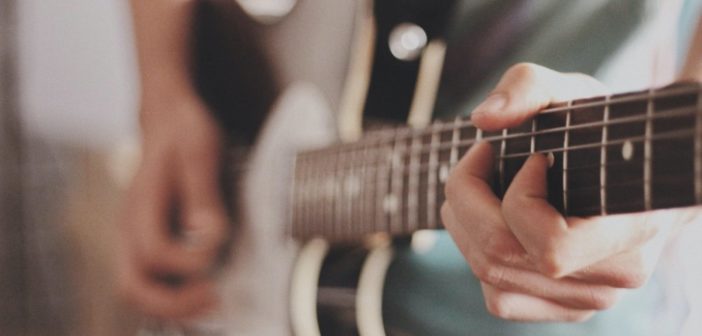Guitars are among the most popular instruments in the world. They can be heard in all sorts of genres, ranging from folk, rock, and country.
It is a versatile instrument that has been used for centuries to accompany singing or other instruments. But it’s also one of the most delicate instruments you’ll find – so if you want yours to last long, there are some things you need to know about how to care for it properly.
Without proper care, your strings will become rusty and worn out over time. If your guitar starts sounding bad or feels like it doesn’t stay in tune as well as it used to, you might need to clean and replace your strings. Let’s look at how you can keep your guitar in shape.
Clean Your Hands Every Time Before Playing
Even if you think you’re not dirty, take the time to clean your hands before playing. Otherwise, there’s an increased risk that you will leave dirt or sweat on your guitar’s neck and body, which will make the strings go out of tune. If you have very greasy hands, it might be a good idea to use some hand wipes before playing. Of course, always clean your hands after playing as well! It’s just common sense to avoid leaving dirt on the guitar.
And keep in mind that if you’re playing for hours at a time, you are going to sweat – so make sure to take a towel with you and wipe off the guitar every now and then. That will save you from having your strings go out of tune after an intense session.
Clean The Body Of Your Guitar
Many people don’t think about this as a possible solution to helping their guitar sound better – but it can be helpful in certain situations. If you have a guitar with an arched body, try taking some mineral spirits or lighter fluid on a cloth and rubbing it down the length of the instrument’s sides. Now, not just the main guitar alone but other accessories. There’s no doubt that even the best overdrive pedals need to be well-cleaned. This will help remove any dirt that’s gathered in those hard-to-reach places.
Make sure to do this very carefully, as there are chemicals involved! Always go with a non-flammable option if you can’t tell exactly what it is. You don’t want to leave any fluids on your guitar for too long, so this should be done every few months. If your guitar does not have an arched body, follow the same process before playing and then wipe off any excess fluid after the fact.
Use Strap Locks On Your Acoustic Guitar
This applies to everyone who plays their guitar standing up. If you don’t use strap locks, the instrument is going to slip out of your hands while playing if it’s not on a stand. That’s something nobody wants to experience during a performance, and while some people try using rubber bands or similar items, they don’t work for everyone.
Strap locks will keep your guitar in place and protect it from falling, which is a lot safer. You don’t want to risk having your instrument break when you’re not at home! As long as you have strap locks installed correctly, there’s no way the guitar will slip out of its place while playing.
Avoid Things That Will Cause Scratches And Dings
This includes your belt buckle and any other metal you might be wearing while playing. Some guitarists like to wear a wristwatch as well, which can make dings and scratches on the face of their instrument. While those things won’t necessarily damage your guitar, they will most likely ruin its look over time – so it’s best to avoid them whenever possible!
If the idea of getting rid of your watch and belt buckle makes you sad, there is another option – buy a guitar that has been pre-scratched. This way, you won’t have to worry about preserving the finish – just don’t get it out in bright sunlight or near any other source of heat. In fact, it’s best to avoid extreme temperatures altogether.
Don’t Keep Your Guitar In Extreme Temperatures
Most people think this applies to heat, but it actually refers to both temperature and humidity. Both of those things can wear out a guitar’s structure if you’re not careful, so don’t keep your instrument anywhere where they are at extremes. A humidifier might be useful in some instances, but you need to be careful about where you place it. The goal is to keep the guitar’s structure stable, so don’t put it in direct contact with anything that might damage it.
When it comes to temperature, there are specific conditions you should follow if possible. For example, your guitar shouldn’t be exposed to temperatures lower than 32 degrees Fahrenheit, no matter what type of guitar you have. This is most important during winter, but it’s still something you need to be aware of when the weather changes outside.
These are just a few helpful tips that will keep your guitar in good condition. You can search online for more information on how to care for one if necessary!





